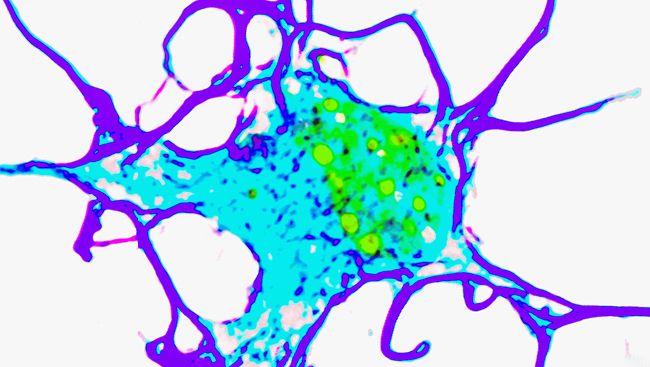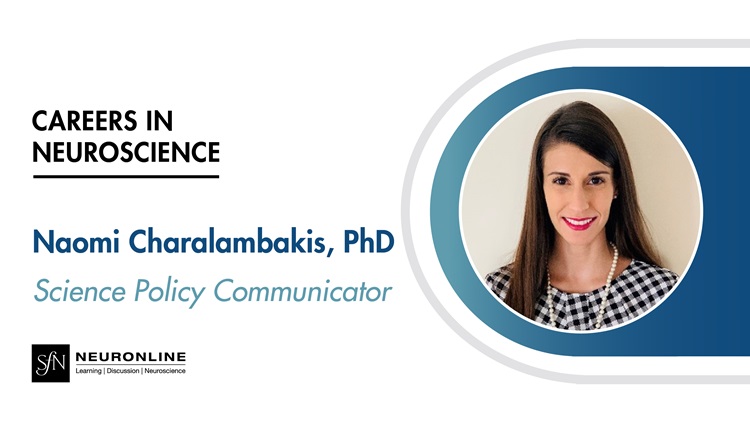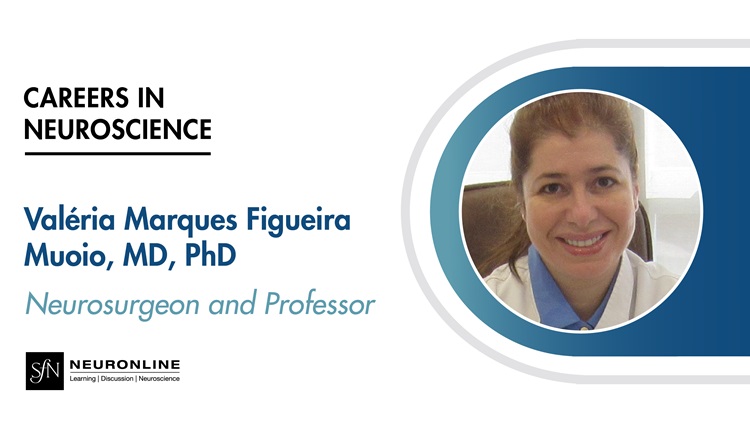A Former NIH Research Administrator on Transitions and Success

This resource was featured in the NeuroJobs Career Center. Visit today to search the world’s largest source of neuroscience opportunities.
No two careers are identical. Yet, all neuroscientists will likely share certain commonalities: the first sparks of scientific curiosity, difficult challenges, resilience to press on, accomplishments large and small, hard-earned wisdom, and support from professional and personal communities.
In this series, Notable Careers: Reflections on Science, Leadership, and Community, five neuroscientists reflect on their life’s work and share their hope for the future of the field.
Here, Connie Atwell, whose last position was extramural research director at the National Institute of Neurological Disorders and Stroke, focuses on what it was like transitioning from academia to research administration, and why the role was so fulfilling.
What inspired you to become a neuroscientist?
I studied visual perception when I was an undergraduate. However, in graduate school, I realized I needed to understand how the brain enables us to make visual responses.
At that time in 1963, there was no neuroscience field, just aspects of physiology, psychology, zoology, and biology related to the brain. I decided I wanted to look at the biological basis of the phenomenon I was studying, so I started with zoology.
Early on, I saw a gap in the developing of younger women in science, which my colleagues and I were mindful to address.I was also studying developmental psychology, so my adviser put me in touch with Donald Lindsley, who was researching the physiological basis of behavior at the at the University of California, Los Angeles (UCLA), which is where I was doing my graduate work. He ended up becoming my thesis adviser.
I still taught regular developmental psychology, visual perception, brain behavior, and physiological psychology, but my research became much more focused on the brain.
You eventually transitioned from academia to a research administration career in government. How did that happen, and what was it like for you?
I was a professor at the Claremont Colleges in Southern California. I went through the usual academic ranks. I served on many committees and had NIH research grants.
As my husband and I were planning to move to Washington, DC, because he had the opportunity to become the vice president of the American Council on Education, I thought about whether I wanted to continue in academia or do something different.
I had enjoyed the committee and administrative work in academia, so I thought I might like research administration. My dean at Claremont Colleges told me about an NIH program (which no longer exists) called the Grants Associates Program, which turned bench scientists into research administrators.
I decided to apply and luckily got in — they only accepted 10 people per year. It turned out to be the most fabulous opportunity. I trained in all aspects of research administration, contracts, grants, and finance. I also rotated among NSF, the Office of Science and Technology Policy, various NIH functions and institutes.
Afterwards, I took a job at the National Eye Institute (NEI), returning to my scientific background. My mentor gave me free reign to do what I needed to make the program successful, and he introduced me to the right people. It was a natural fit, and I never looked back.
Broadly, what is a research administration job like?
You're not able to do your own research. Rather, you live vicariously through the success of the people you help.
Having said that, I felt I made a big difference in many people's scientific lives. It was rewarding working with applicants to help them get grants. I also mentored many young scientists and helped them develop their research administration careers.
One of the best parts about being a research administrator in the government is being involved in the study before it’s done. You're evaluating the grant proposal reviews to help decide how the research gets funded. That was scientifically interesting and exciting to me.
What are the qualities of a successful research administrator?
When I was hiring, the main attribute I looked for was scientific taste, which broadly educated scientists typically develop. In addition to being subject-matter specialists, candidates needed to be curious, interested in neuroscience, and able to look at the broader picture.
Interpersonal skills are also crucial. Research administrators have to work with people facing a great deal of stress because their careers are on the line, telling them whether they’ll receive a grant or get it renewed, or if their budget is adequate.
You should also be a respected scientist. It’s helpful to have had your own research grants and experience running your own laboratory.
As an administrator, you’re going to serve on a lot of committees, so if you don’t like being on them at your institution, you’re probably not going to like being a research administrator.
And, most obvious, you should have an interest in administration — working programmatically to allow science to flourish.
What was your experience like as a woman in neuroscience?
It never occurred to me that I wasn't as good as everybody else, so I acted and behaved as though I were. I felt valued at NIH. I didn’t feel discriminated against as a woman by hiring managers or leadership.
That being said, when I started at the National Institute of Neurological Disorders and Stroke as the associate director for extramural activities, there were a couple of male peers who didn't like that I was their senior. I was bringing change to their well-established, successful programs and divisions to break down silos, and it wasn’t welcomed. I learned to not take criticism personally and to keep doing what I knew was right. With perseverance, I was successful.
My boss, senior management, and a few others who valued the changes I wanted to make supported me, too.
Another mentor of mine was Ruth Kirschstein, acting director of NIH and head of the National General Medical Science. She mentored female scientists at NIH, and I learned so much from her. We worked together to establish the Office of Research on Women's Health at NIH, which made me proud.
What are you proudest of in your career?
Overall, mentoring junior, and sometimes senior, scientists gave me the most satisfaction. At times they had difficulty with their science, or effectively explaining it to review groups. Helping them achieve success was my important contribution.
Early on, I saw a gap in the developing of younger women in science, which my colleagues and I were mindful to address.
Have you stayed engaged with neuroscience since you’ve retired?
We worked together to establish the Office of Research on Women's Health at NIH, which made me proud.I like to stay engaged and fortunately have been since I retired. I've been a consultant on autism projects to the Simons Foundation. I've also been on the board of directors for the Parkinson's Foundation.
Using the skills we developed throughout our active careers to continue contributing to the field is important for our personal mental health, so providing opportunities for retired scientists to share their valuable perspectives is most welcome.
Based on your experience as an administrator at NIH, what advice would you offer to scientists applying for grants and funding?
Clarity of thought and writing are key. It’s not just your ideas that matter.
Don’t over-complicate things. We would often see someone’s life work outlined in a grant application, and that was an unnecessary amount of detail.
Also, consider feedback seriously. Try to understand where it's coming from and, when appropriate, take the advice. Don’t take the feedback personally. Stay with the science and keep the big picture in mind.
What is your hope for the future of neuroscience?
I hope neuroscience stays multidisciplinary, bringing techniques and fields together to answer questions. However, I hope the field doesn't devolve into too many mini-lines of expertise and research.
I also hope neuroscientists keep their eye on the big picture of why we're doing research — I hope we understand how the brain works and controls behavior, and how to fix problems when they arise.
Speaker





.jpg?h=423&w=750&la=en&hash=5874576AB4EF551095D71B87EF35C5F1D909877E)





